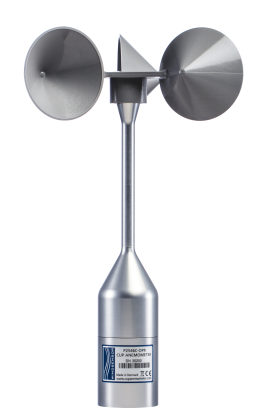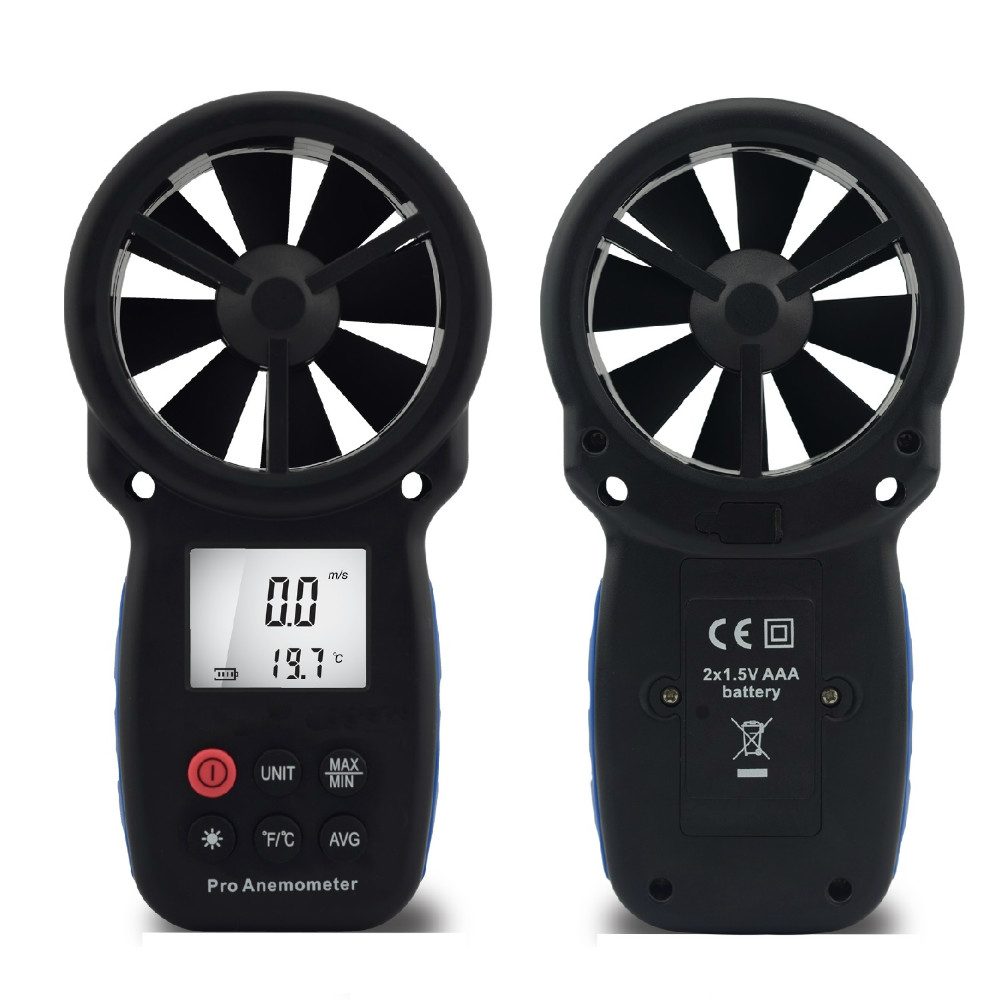Recognizing Different Sorts Of Anemometers for Different Applications
Recognizing Different Sorts Of Anemometers for Different Applications
Blog Article
Anemometers Unveiled: Recognizing Their Relevance in Ecological Tracking and Safety And Security Measures
The function of anemometers in ecological tracking and safety actions is commonly ignored, yet their value is undeniable. From weather forecasting to air travel safety, anemometers play a vital duty in giving precise data that informs decision-making processes and improves total safety.
Background of Anemometers
The evolution of anemometers can be traced back to the ancient civilizations where fundamental wind measuring gadgets were very first made use of. One of the earliest known anemometers was the hemispherical cup anemometer invented by Leon Battista Alberti in the 15th century.
Over the years, improvements in innovation led to the growth of even more modern anemometers, consisting of ultrasonic anemometers and laser Doppler anemometers, supplying raised accuracy and efficiency in determining wind speed and direction. The history of anemometers showcases an amazing trip of advancement and development in the field of meteorology.
Sorts Of Anemometers
Throughout the area of meteorology, various kinds of anemometers have been established to accurately measure wind rate and direction. Sonic anemometers make use of ultrasonic signals to gauge wind speed and direction precisely. Hot-wire anemometers run based on the concept that the cooling effect of wind on a heated cord is symmetrical to the wind rate.
Applications in Weather Forecasting
Having discussed the various kinds of anemometers utilized in weather forecasting for gauging wind speed and instructions, it is crucial to discover their functional applications in the field. Anemometers play a crucial role in meteorology by offering accurate and real-time information on wind problems (anemometer). Meteorologists utilize anemometers to keep track of wind rate and instructions to anticipate climate patterns, issue cautions for serious weather occasions like tornados, storms, and tornadoes, and evaluate weather for air travel safety
In weather forecasting, anemometers aid in comprehending local and regional wind patterns, which are important for anticipating weather condition changes and establishing weather trends. These gadgets are likewise made use of in research to study microclimates, urban warmth islands, and air contamination diffusion. Furthermore, anemometers are employed in farming to enhance plant management practices, such as irrigation and pesticide application, based on wind problems.
Significance in Air Travel Safety
An important facet of guaranteeing aeronautics safety exists view publisher site in the meticulous monitoring of wind problems using anemometers. Anemometers play a crucial useful link function in aeronautics by supplying real-time information on wind rate and direction, helping pilots in making notified choices throughout touchdown, take-off, and trip. Strong and unforeseeable winds can considerably impact airplane procedures, making it vital for air travel authorities to depend on exact wind measurements to ensure the safety and security of passengers and team.

In the dynamic atmosphere of aeronautics, where also small modifications in wind speed and direction can have profound results, anemometers stand as important devices for advertising secure and secure flight.
Duty in Environmental Study
Anemometers play a crucial duty in environmental research study by giving important information on wind rate and instructions. By accurately gauging wind characteristics, anemometers aid researchers assess the activity of pollutants in the air, analyze the influence of commercial emissions, and forecast the spread of contaminants in the atmosphere.


Final Thought
In final thought, anemometers have actually played a crucial role in ecological monitoring and security steps. Recognizing the significance of anemometers is important for accurately measuring wind speed and direction, which Your Domain Name is crucial for predicting climate patterns, making certain risk-free aeronautics procedures, and conducting environmental researches.
One of the earliest well-known anemometers was the hemispherical mug anemometer created by Leon Battista Alberti in the 15th century. Over the years, advancements in innovation led to the development of even more contemporary anemometers, including ultrasonic anemometers and laser Doppler anemometers, providing raised precision and efficiency in measuring wind rate and direction. Hot-wire anemometers run based on the principle that the cooling impact of wind on a heated wire is symmetrical to the wind speed. Meteorologists use anemometers to check wind rate and instructions to forecast weather condition patterns, issue warnings for extreme weather occasions like typhoons, tornados, and tornadoes, and evaluate atmospheric conditions for aviation safety.
Comprehending the value of anemometers is essential for precisely gauging wind rate and direction, which is important for anticipating climate patterns, making certain secure aeronautics procedures, and performing environmental research studies. (anemometer)
Report this page